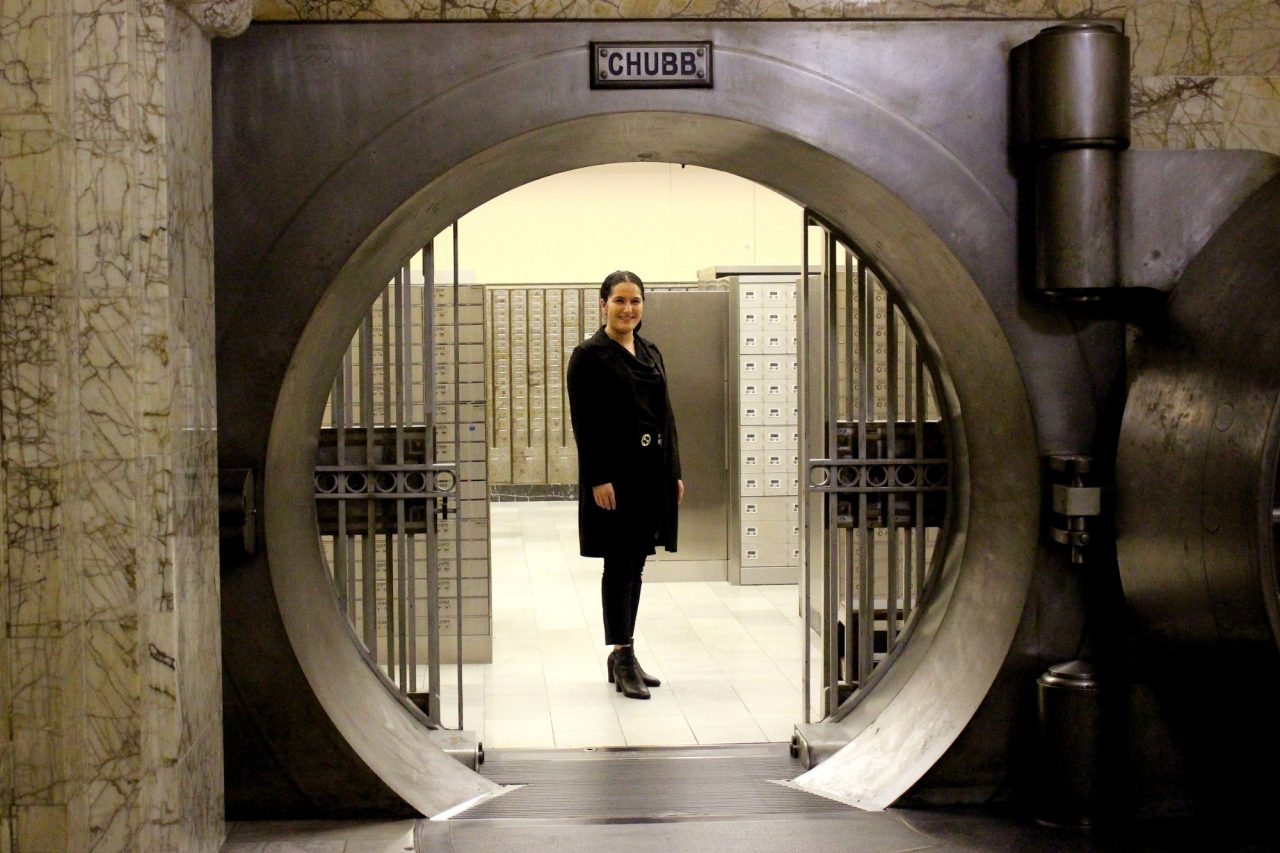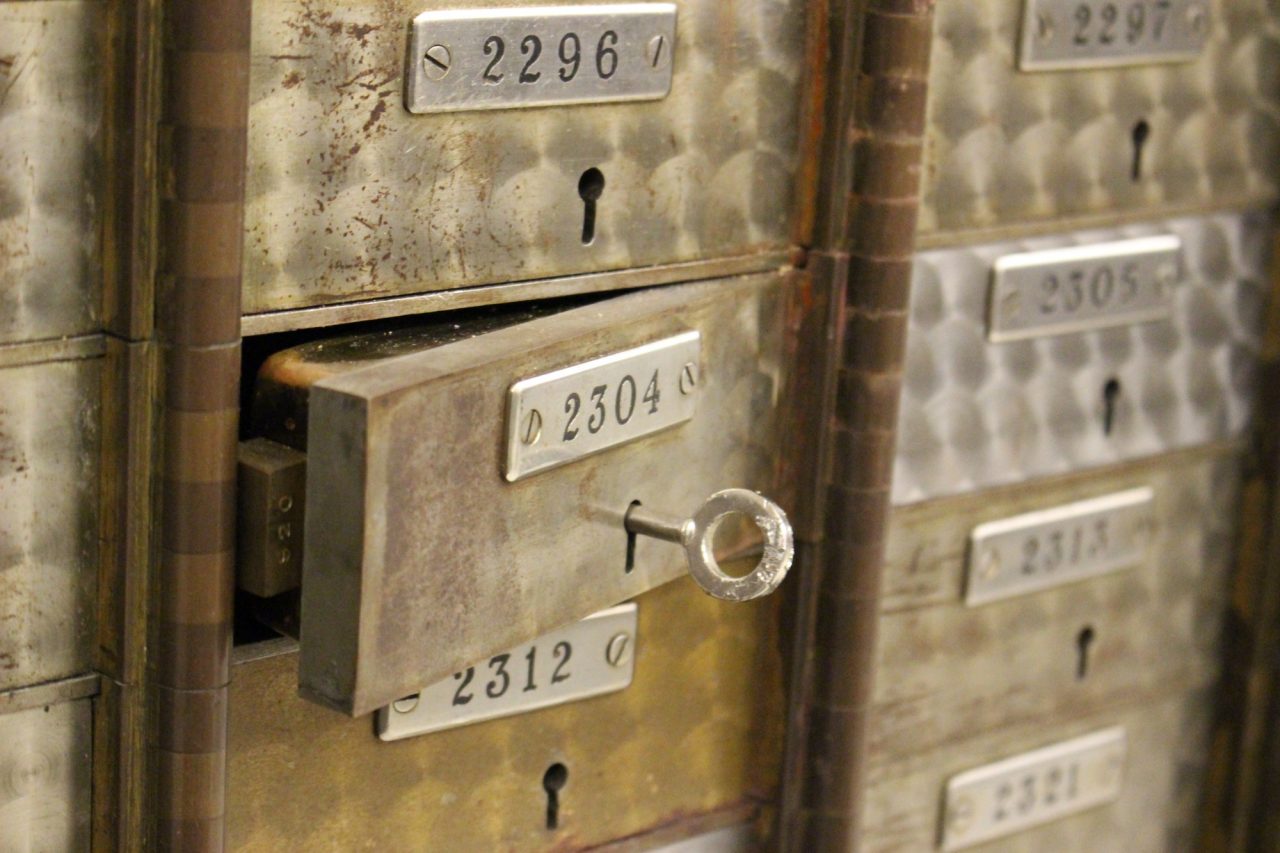“It included an unusual fire escape that was eight metres above the ground, vertically rising entrance doors, gold bullion and ledger hoists and also hosted at the time world-leading plumbing, heating and lift technology,” she says.
The building became home to the Commonwealth Bank of Australia from 1931, served as the bank’s headquarters from 1990 until 2007, and today continues to be the flagship branch of the bank.
Locked-in
Framed by Sicilian White and Vert Antique marble from Italy, the vault’s walls, floor and ceiling are densely thick, and made of concrete that has been re-enforced with steel bars randomly placed throughout.
Ms Shekari says even at the build stage, the security of the vault-to-be was paramount.
“The Savings Bank of NSW were so fiercely protective of their safe that during the build, no team of workmen worked on the construction of the safety deposit vault for more than a week, to ensure they did not know where the steel bars had been placed by the next team,” she said.
Inside the vault are thousands of safety deposit boxes, varying in size and each with their own individual lock. When the vault first opened in 1928, the annual rental for a small safe was 1 pound and 1 shilling.
There is still a magic to the vault – and demand remains for the service, says Ms Shekari. “You should see the lines to get in here at Christmas – people coming in to check on their belongings, withdraw cash for festive season purposes…it really brings the spirit in.
“While we’re home to over 12,500 safes in this space and demand is high, there is always an allocation available,” she said.





